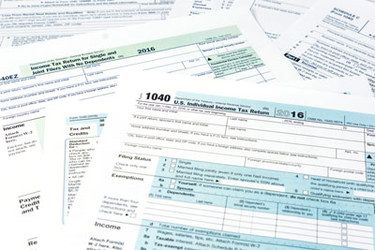
Filing for bankruptcy is usually a journey into the unknown for many. So when beginning, you should have a few questions ready to ask your lawyer so that you can get started in the right direction.
What Type of Bankruptcy Should I File?
Not all bankruptcy is created equal.
There are so many different forms of bankruptcy. Figuring out which specific type, or chapter, you should file for can be a daunting task.
You should ask your attorney which type of bankruptcy is right for your situation. The offices of David S. Clark deal with Chapter 7 and Chapter 13 bankruptcy cases.
DISCLAIMER: The following blog post is just advice, and you will be better served to call David S. Clark with your bankruptcy questions. This blog contains helpful tips and advice, but is not professional legal advice, and shouldn’t treated as such.
Need Bankruptcy Help? Call David S. Clark
What’s the Difference Between Chapter 7 and Chapter 13 Bankruptcy?
Chapter 7 Bankruptcy is also known as “Entitled Liquidation.”
This means that a court supervised trustee takes over the assets of a debtor’s estate, turns them into cash (liquidates them), then distributes funds to creditors. In Chapter 7 the debtor has rights to make certain assets exempt.
Since the Bankruptcy Abuse Prevention and Consumer Protection Act of 2005 those seeking Chapter 7 Bankruptcy must undergo a “means test” to determine whether or not they qualify. There are income thresholds that, if a debtor exceeds, will disqualify the debtor from being able to declare Chapter 7 Bankruptcy.
Chapter 13 Bankruptcy is also known as “Adjustment of Debts of an Individual With Regular Income”
This is usually a more desirable avenue for debt relief than Chapter 7 because it enables a customer to keep certain valuable assets out of a creditor’s reach. The debtor then proposes a plan to repay creditors over a reasonable period of time.
Does Your Attorney Have a History of Success for His or Her Clients?
There are countless bankruptcies lawyers offering their services, but that does not necessarily mean that they have proven experience actually helping to get clients back on their feet.
Ask your lawyer about their case history. They should be able to provide you with a list of past clients that can reference how your lawyer worked with them.
Should I Even File for Bankruptcy?
While bankruptcy can be a helpful tool to help you get out of crippling debt, it may not be the right thing to do in your situation.
There are several other ways to climb out of the hole of debt and your attorney should be able to give you adequate information about those.
Some of these other options include:
-
Debt Consolidation
- This involves “rolling” all of your existing debts into one lump sum and is helpful if you are able to refinance it at a lower interest rate and keep the rate low.
-
Foreclosure
- This is selling an asset in order to pay back a creditor.
-
Wage Garnishments
- This is where a person’s earnings are withheld by an order of the court to go directly to repaying debts.
The answers to these questions are not always clear.
They are sometimes difficult to navigate.
So having an attorney that will know in which direction to point you is crucial during a time of financial difficulty. What’s more is the importance of having an attorney who will take the time to listen to you and your situation, then inform you on what the best path forward for you is.
DISCLAIMER: The above blog post is just advice, and you will be better served to call David S. Clark with your bankruptcy questions. This blog contains helpful tips and advice, but is not professional legal advice, and shouldn’t treated as such.



